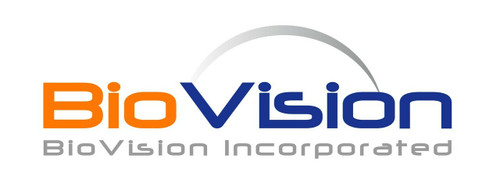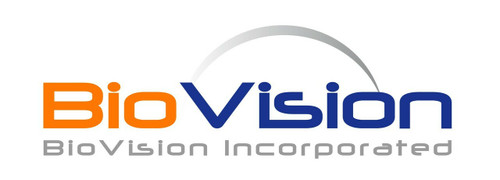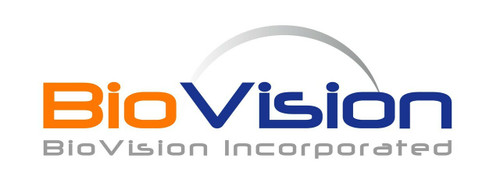Product Description
Tissue plasminogen activator (PLAT or tPA) is a secreted serine protease which converts the proenzyme plasminogen to plasmin, a fibrinolytic enzyme. Plasminogen is synthesized as a single chain which is cleaved by PLAT into the two chain disulfide linked plasmin. This enzyme plays a role in cell migration and tissue remodeling. Increased enzymatic activity causes hyperfibrinolysis, which manifests as excessive bleeding; decreased activity leads to hypofibrinolysis which can result in thrombosis or embolism. TPA Human Recombinant produced in Sf9 Baculovirus cells is a single, glycosylated polypeptide chain containing 284 amino acids (36-310 a.a.) and having a molecular mass of 32.0 kDa (Molecular size on SDS-PAGE will appear at approximately 28-40 kDa). TPA is expressed with a 6 amino acids His tag at C-Terminus and purified by proprietary chromatographic techniques.
Biovision | P1323 | TPA 36-310 Human Recombinant DataSheet
Biomolecule/Target: TPA (36-310)
Synonyms: Tissue-type plasminogen activator, EC 3.4.21.68, tPA, t-PA, t-plasminogen activator, TPA, T-PA, DKFZp686I03148, PLAT and tPA, Alteplase, Reteplase, Plasminogen Activator, Tissue, Plasminogen/Activator Kringle.
Alternates names: Resistin-like gamma
Taglines: Plays a role in cell migration and tissue remodeling.
NCBI Gene ID #: 10090
NCBI Gene Symbol: Retnlg
Gene Source: Mouse
Accession #: Q7TM98
Recombinant: Yes
Source: E. Coli
Purity by SDS-PAGEs: 98%
Assay: SDS-PAGE
Purity: N/A
Assay #2: HPLC
Endotoxin Level: < 0.1 ng/g of protein (<1EU/g).
Activity (Specifications/test method): N/A
Biological activity: N/A
Results: N/A
Binding Capacity: N/A
Unit Definition: N/A
Molecular Weight: 9.2 kDa
Concentration: N/A
Appearance: Sterile Filtered colorless solution
Physical form description: Sterile filtered through a 0.2 micron filter. Lyophilized with no additives
Reconstitution Instructions: Centrifuge the vial prior to opening. Reconstitute in water to a concentration of 0.1-1.0 mg/ml. Do not vortex. This solution can be stored at 2-8°C for up to 1 week. For extended storage, it is recommended to further dilute in a buffer containing a carrier protein (example 0.1% BSA) and store in working aliquots at -20°C to -80°C.
Amino acid sequence: EGTLESIVEK KVKELLANRD DCPSTVTKTF SCTSITASGR LASCPSGMTV TGCACGYGCG SWDIRDGNTC HCQCSTMDWA TARCCQLA
 Euro
Euro
 USD
USD
 British Pound
British Pound
 NULL
NULL












